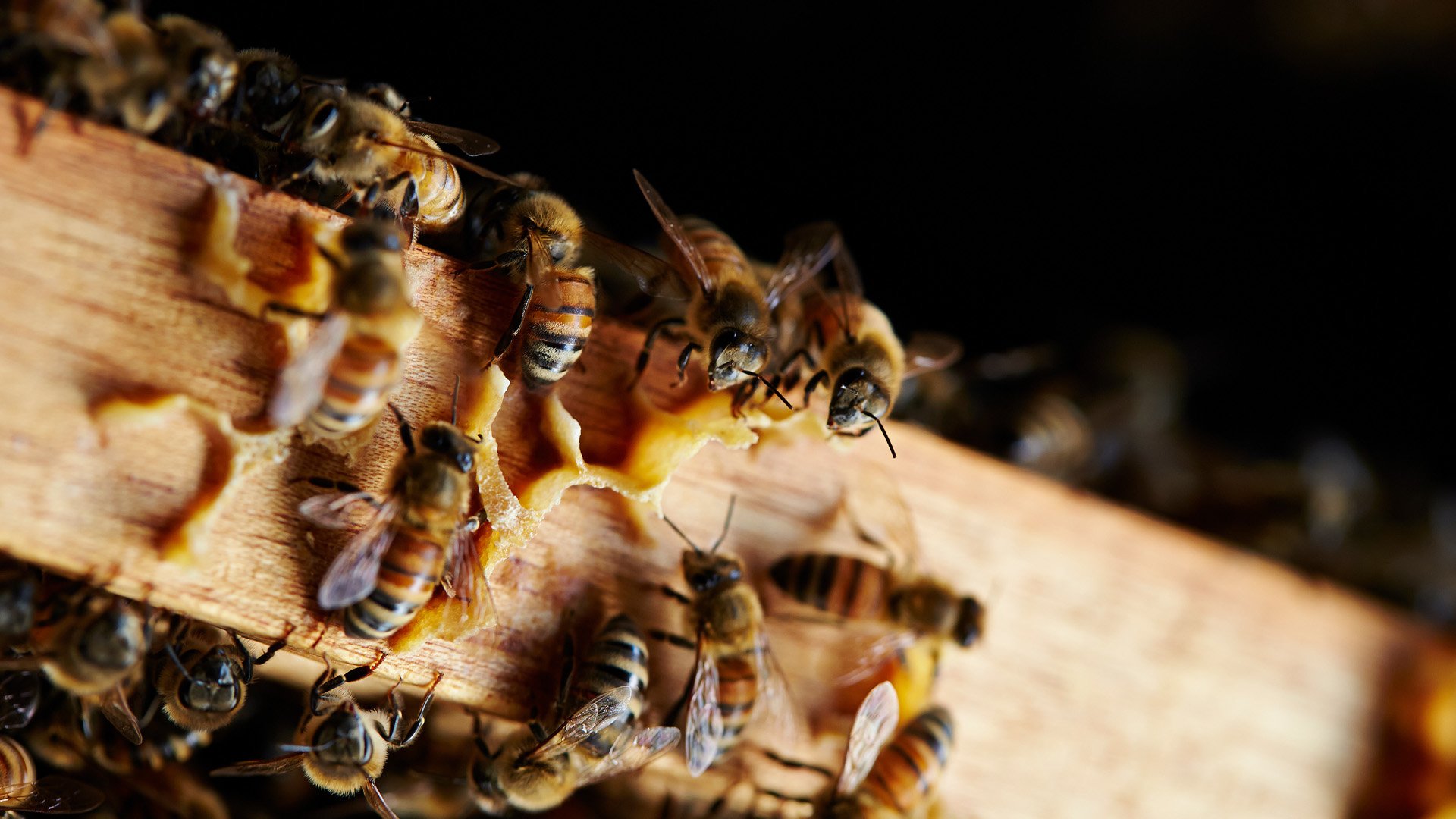
Breeding sustainable & productive honey bees through Instrumental Insemination.
Drone Rearing
As Sue Coby states in many of her teachings, raising adequate healthy drones is essential for any honeybee breeding and stock selection programs. Just like queens, appropriate care and management need to be given to drones as well. On an average, a virgin queen will mate with 12 drones. Mating the queen with a well reared, healthy drone is required for the success of the honeybee colonies.
haploid in nature - No father, only mother
More time to mature than queens
Raised when needed and evicted when not needed
Feral colonies has around 17% drone cells
Drones
A well reared, healthy drone can produce around 5-10 million sperm. Drones mature at about 12 days of age and become less suitable for mating after 28 days of age. The average lifespan of a drone is 55 days. If you are doing instrumental insemination, that properly aged, mature drone is more important than anything else. You may also need plenty of drones based on your experience level in collecting the semen.
Large colonies are required to rear and maintain a healthy drone population. Adult drones do not feed themselves but depend on many nurse bees to feed them honey, pollen, and bee bread. Environmental factors also affect the ability of a colony to raise drones. Abundant supply of pollen and nectar will stimulate the colony to raise drones.
Drone Production
The old wisdom says drone broods show the reproductive season (swarm season) is nearing. This also alerts a curious beekeeper to start the swarm prevention techniques or be ready for it. Drone takes 50% more time to develop than queens - 24 days vs 16 days. After emergence, queens reach sexual maturity in 6-8 days while drone takes 6-16 days to reach sexual maturity. In most colonies, swarm cells appear after the drones being raised.
Feeding pollen supplements can help in the natural process of raising drones in colonies. Research has found that colonies headed by queens older than one year, disease and stress free can raise healthy drones. Also, adding a drawn drone frame in the middle of brood chamber helps in raising drones earlier than usual. Pollen supplements along with stimulatory feeding speeds up the process of queen laying drone eggs.
Amount of Drones
Studies of feral colonies show that around 17% of the cells are drone cells. In a managed colony, it comes to around 1 drone frame (green frame) per brood box will be a good rule of thumb to follow. Bees will draw done cells whenever they feel needed. It is better to give the new green drone comb early in the season to get it drawn since bees are reluctant to draw the drone combs late in the season; which is very much understandable because once the reproductive season is over, the bees do not need drone cells. Several of my friends who are in the commercial beekeeping industry told me they will add a medium frame to a deep brood box and most of the time colonies will draw the remaining part of this frame with drone cells.
Drone Eviction
Drone eviction occurs when the colony feels the shortage of incoming pollen. Once this happens, the worker bees stop feeding the drones and they will become weak and lethargic, then removed from the colony forcefully by the worker bees.
As the external temperature drops, pollen becomes scarce, hives containing laying queens contribute to drone eviction. Research has shown that the age of the queen also affects the drone eviction process by the colony. Drone eviction is high in colonies with new queens when compared with colonies led by older queens.
